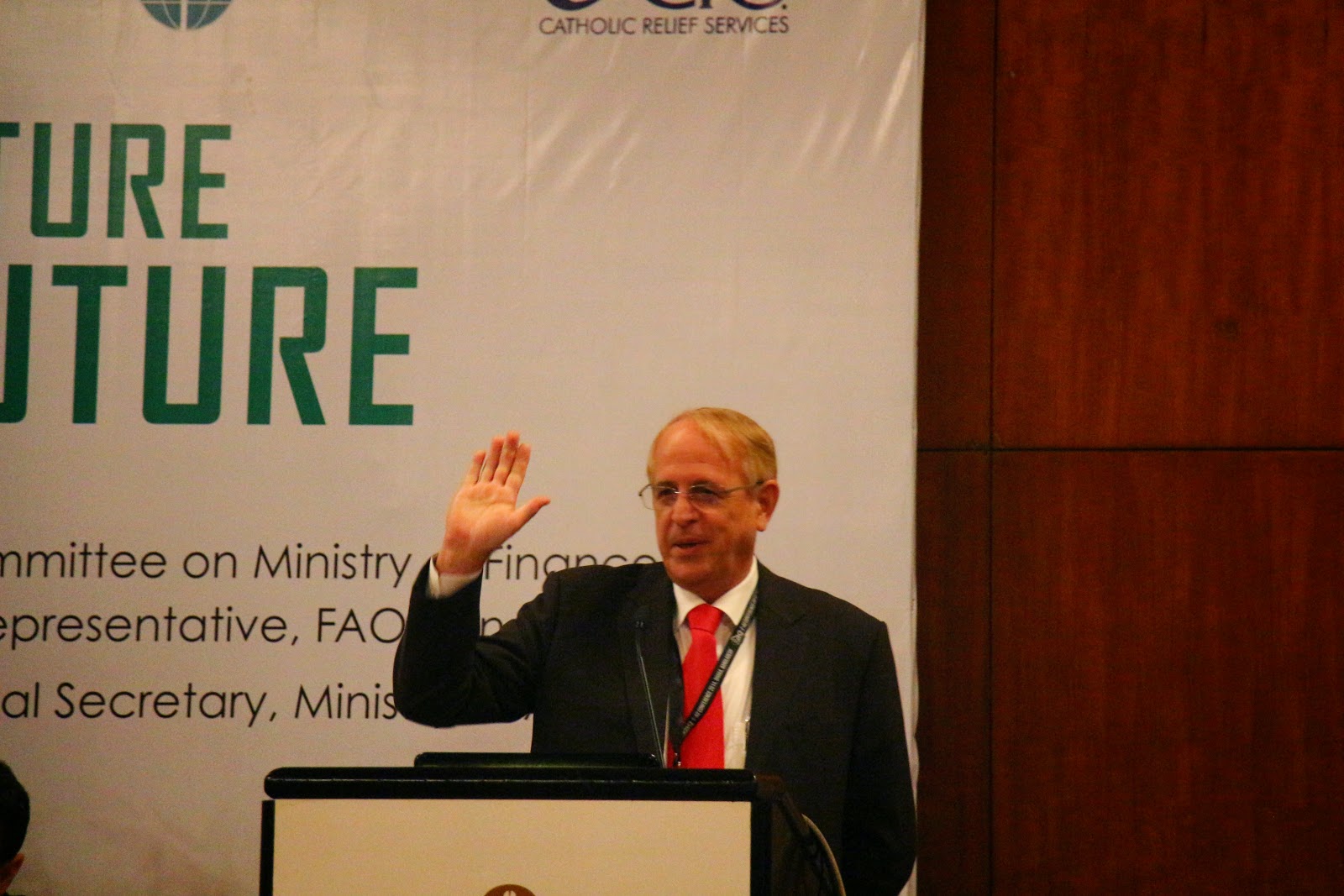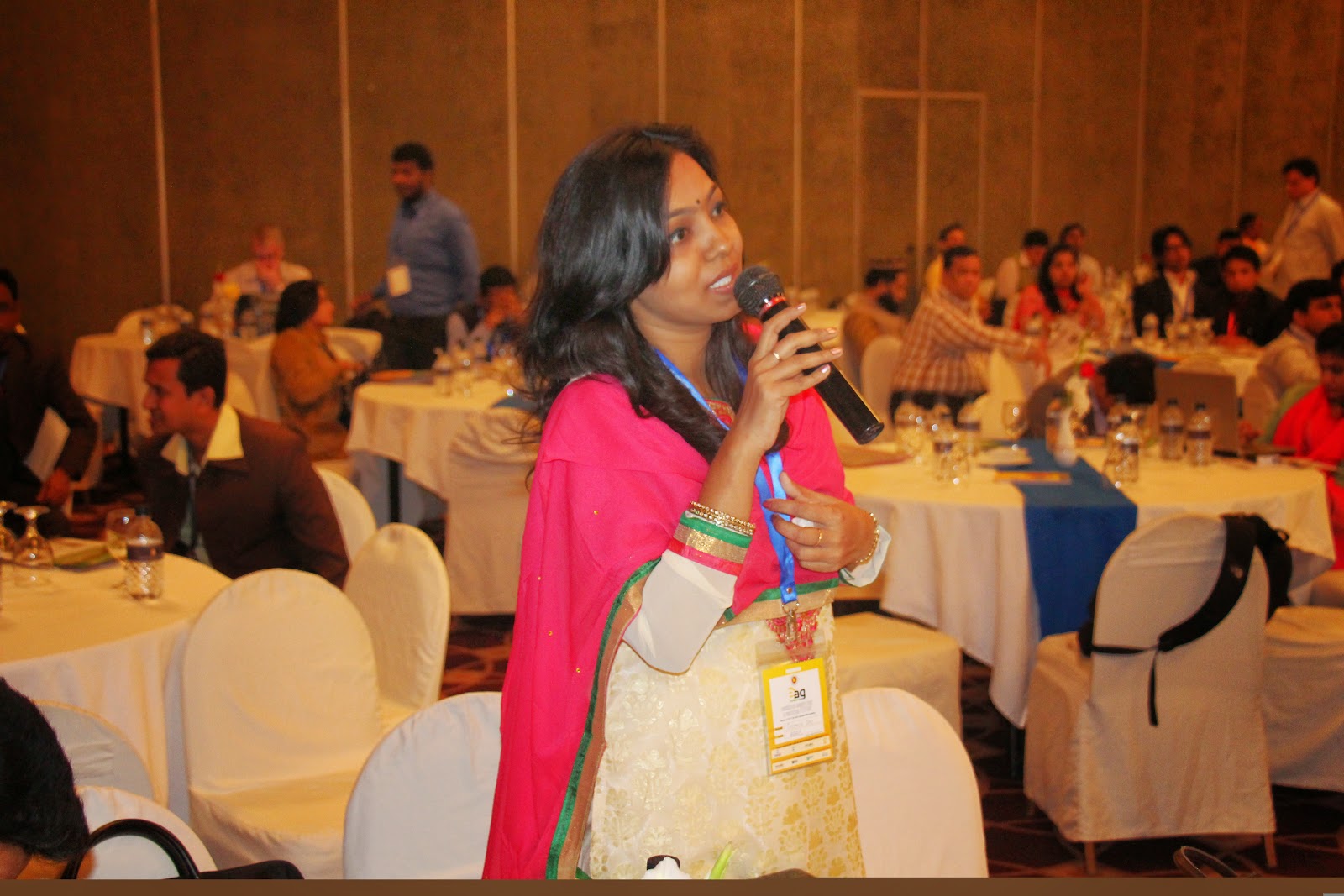The issue of multi organizational partnership is the key factor for development even by it comes from government initiatives. The panelists of the 2nd
day sessions from the E-AG conference 2014 in Dhaka has discussed the difficulties and
prospective attitudes to deal with partnership in developmental works. This conference
was organized by BIID(Bangladesh Institute of ICT in Development), mPower,
MEAS and CRS and was ran for 3rd and 4th December at Pan
Pacific Hotel.
“There would be more opportunities in building
partnership when government is welling to create it with private
organizations and obviously for private initiatives it is always worthy to work with
government. Generally, public staffs in most of the time are inefficient and in
this case, it can make opportunities if NGOs try to rich and support public
service agents to be efficient. Though it is not profitable to serve community
but sometimes its needed to be involve in non-profitable activities” mentioned by
Andreas Bohn, expert in agriculture extension and advisory services, University of Illinois.
“If Agriculture Information System is present, value
chain is the right in the development”, she also included when it become a
major discussion issue on how partnership can be brought to enhance development
using ICT.
Mahmud Hossain added as a panelist that it is very
necessary to dissemination of knowledge and experiences country-wide. He is the Chief Corporate Affairs Officer in Grameenphone, Bangladesh.
Can ICT be used in education, extension in University
level? If this become a question, experts said this is not the only country
like Bangladesh needs ICT to integrate into education and knowledge exchange and its really quite exceptional if it is the USA.
Three external and internal factors involve in involvement of ICT in
education: government, educational ministry and Universities like, if a agriculture
student do an internship in an ICT organization this can easily influence others
to be interested his/her career in such techno-based agro initiatives.
It has been recommended from the professionals from the conference that we have to do such kind of workshop/seminars to involve government and
policy makers. Thus it can be a formal way to be act, like government would lead initiative
under their umbrella which can bring all the actors and be gathered easily
and another is non-formal e.g. development of a forum. Such as B.net (Bangladesh
agriculture network) is trying to develop by the Bangladesh government which
can bring the professionals into a common platform and all the actors in
agriculture(from farmers to experts) can join here.
(more pictures are here).
Bring everyone with common interest of ICT is now one of the
major tasks to step forward to fasten agriculture with development if you really think to kick
off it in developing countries like Bangladesh even after
two third of its populations are using cell phones!























